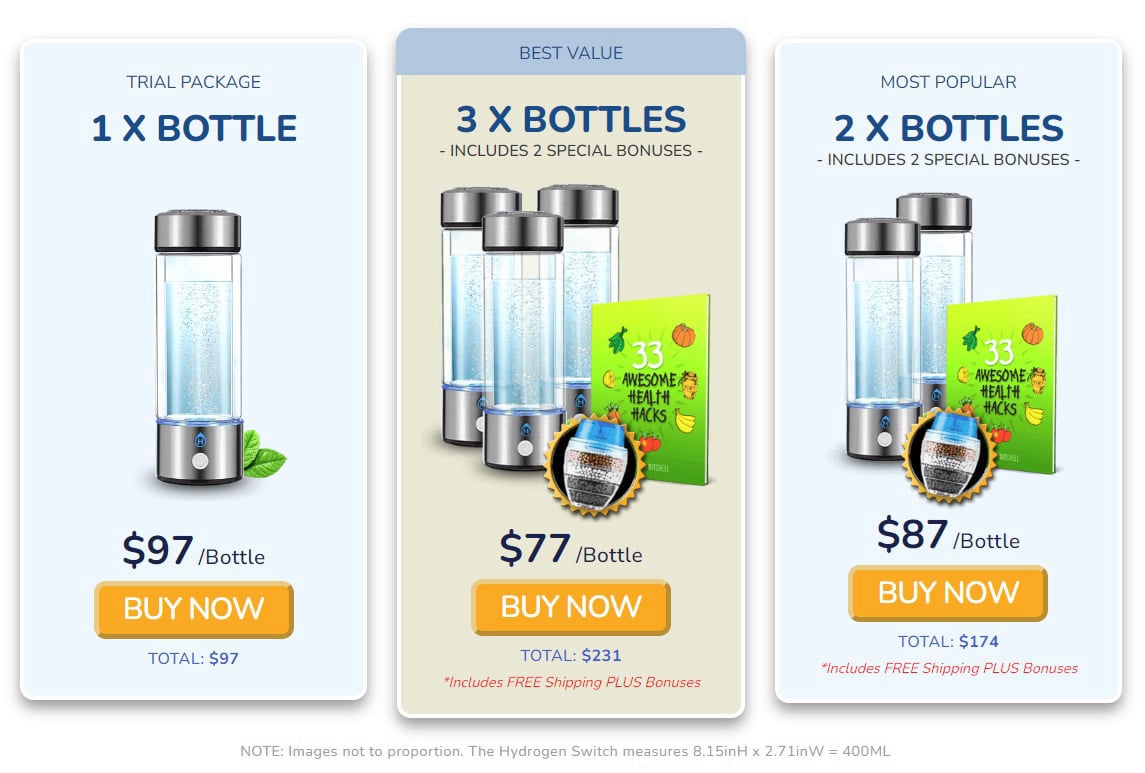The Hydrogen Switch: Powering the Future of Energy
In recent years, there has been a growing buzz around a revolutionary technology known as the hydrogen switch. This innovation promises to transform the way we power our world, offering a cleaner and more sustainable alternative to traditional fossil fuels. In this article, we will delve into the benefits and workings of the hydrogen switch, answering common questions and shedding light on its potential to shape the future of energy.
The Benefits of Adopting the Hydrogen Switch
Switching to hydrogen from fossil fuels has the potential to significantly reduce greenhouse gas emissions and combat climate change. The hydrogen switch bottle offers a clean energy source that produces only water vapor when used, eliminating harmful pollutants that contribute to air pollution and global warming.
Furthermore, hydrogen power is versatile and can be used in a wide range of applications, from powering vehicles to generating electricity. This flexibility makes it a valuable asset in the transition towards a more sustainable energy future.
How Does Hydrogen Power Work?
Hydrogen power relies on the use of fuel cells to convert hydrogen gas into electricity. When hydrogen is fed into a fuel cell, it reacts with oxygen to produce electricity, heat, and water. This process is efficient and emits zero emissions, making hydrogen a clean and renewable energy source.
Frequently Asked Questions
What Is the Difference Between Hydrogen-1 and Hydrogen-2?
Hydrogen-1 and hydrogen-2, also known as deuterium, are isotopes of hydrogen. The primary difference between the two is the number of neutrons they contain. While hydrogen-1 has no neutrons, hydrogen-2 has one neutron. Deuterium is often used in nuclear reactions and as a tracer in scientific studies.
What Is Hydrogen-2 Used For?
Hydrogen-2, or deuterium, is used in various applications, including nuclear reactors, the production of heavy water, and scientific research. It is valued for its unique properties and plays a vital role in advancing technology and scientific knowledge.
How Does the Hydrogen Spectrum Show?
The hydrogen spectrum shows a series of lines at specific wavelengths when hydrogen gas is excited. These lines correspond to transitions between energy levels in hydrogen atoms and are used to study the composition and behavior of matter at the atomic level.
Why Switch to Hydrogen from Fossil Fuels?
Switching to hydrogen from fossil fuels offers numerous environmental benefits, including reduced greenhouse gas emissions, improved air quality, and decreased dependence on finite resources. By embracing hydrogen as an energy alternative, we can pave the way for a cleaner and more sustainable future.
What Is the Role of the Hydrogen Electrode in the Process?
In hydrogen-powered systems, the hydrogen electrode is dipped into an electrolyte solution to facilitate the transfer of hydrogen ions and electrons. This process allows for the generation of electricity through electrochemical reactions, enabling the efficient conversion of hydrogen into usable energy.
Conclusion
As we stand on the cusp of a crucial transition towards a more sustainable energy landscape, the hydrogen switch emerges as a key player in shaping this future. With its clean, renewable, and versatile nature, hydrogen power holds immense potential to drive innovation and combat climate change. By embracing the hydrogen switch, we can take a significant step towards a greener and more sustainable world.
For more information on the hydrogen switch, visit the official website.


